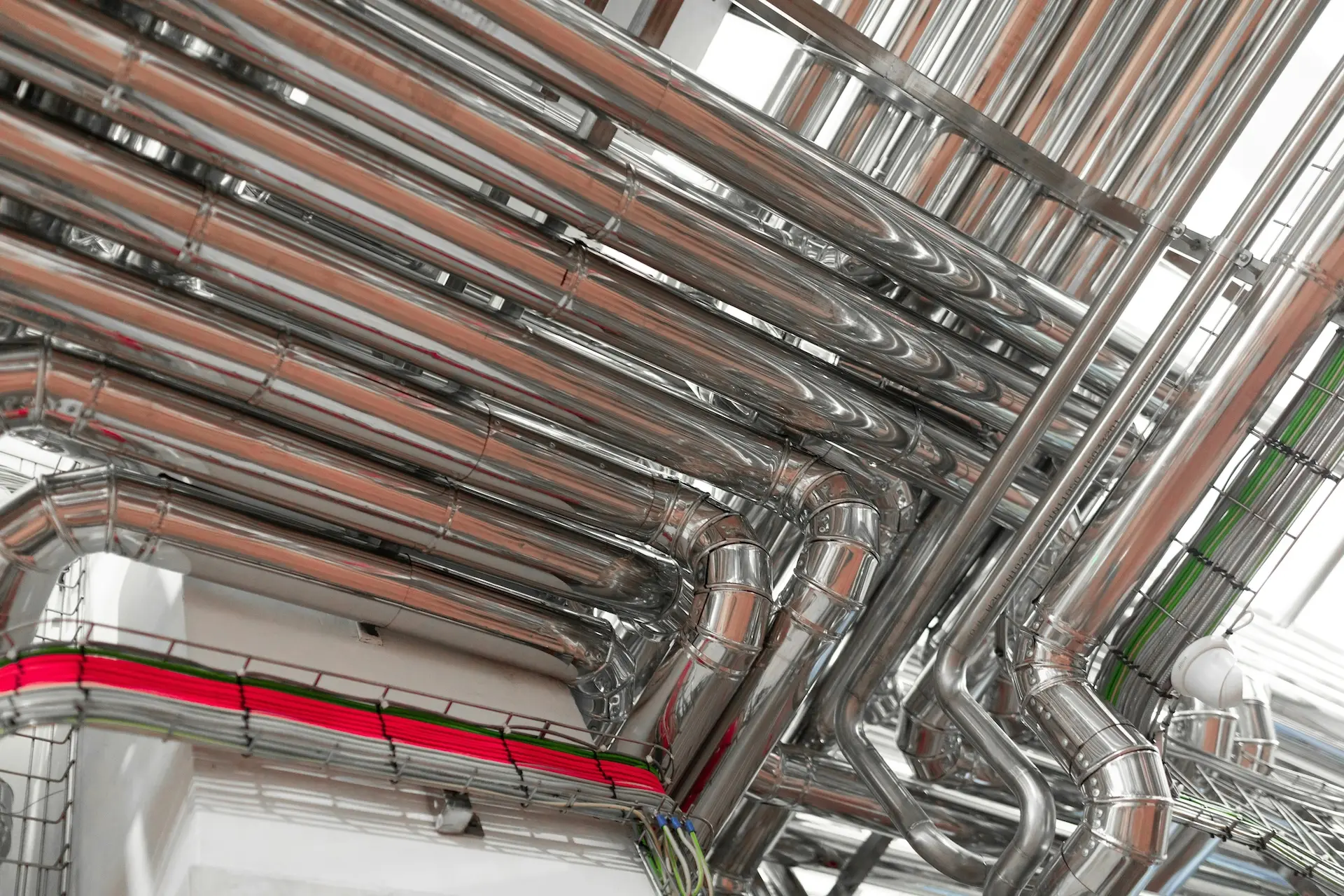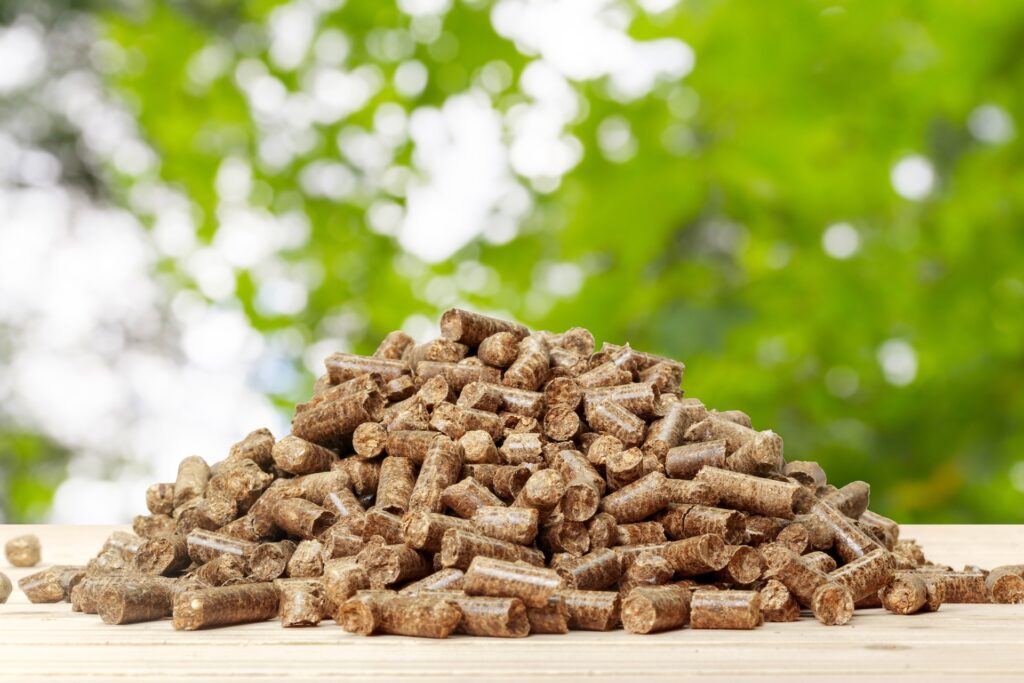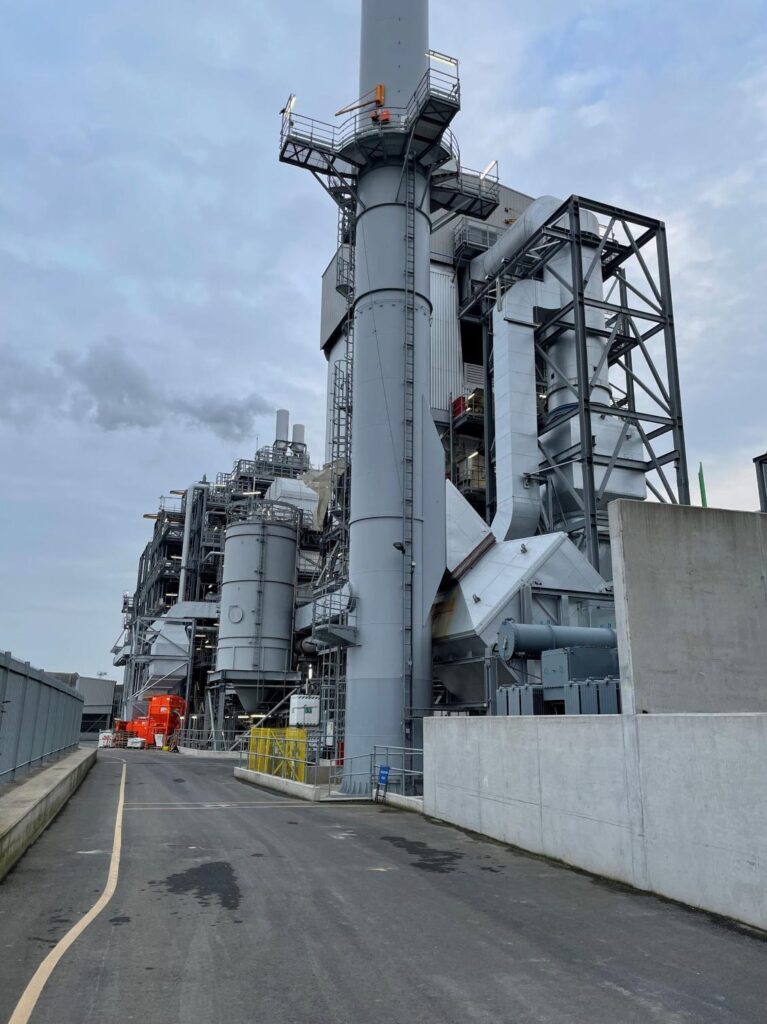
Products & Services
RJM offers a wide range of products and services to suit applications across all types of thermal plant, from ultra-low NOx burners for coal-fired utility boilers to new fuel trains for biomass and EfW plants.

Products
All of RJM’s products are designed in-house to suit the precise requirements of a specific combustion-related location on the plant. RJM uses components of the highest quality and a wide range of specialist manufacturers, each with their own areas of expertise

Services
RJM offers a full range of services that complements its product portfolio. Typically an RJM project will consist of a tailor-made combination of products and services, brought together to meet the precise needs of each customer.

Safety
RJM adheres to all national and international safety legislation and leads on improving safety standards throughout the industry. Its Head of Process Engineering is a sector expert who co-authored the UK’s Best Practice Guide to power station safety.